
northeastheritagelibrary.co.uk / linktr.ee/nehl

Over the next 2 weeks, I'd be delighted to hear your thoughts on how this project should move forwards. We're near 6 years in, and for the next 6 I'm keen to make it as robust as poss.
If you have time, I'd be so grateful to hear what you think: forms.gle/CvGjfse7FrPk...
A stuffed white pheasant!
A stuffed white pheasant!


(You can find all these here: northeastheritagelibrary.co.uk/sportsarchive)

(You can find all these here: northeastheritagelibrary.co.uk/sportsarchive)




Patreon subs only!
www.patreon.com/posts/144447...

Patreon subs only!
www.patreon.com/posts/144447...
I've uncovered some more shipbuilders at the Bridge Dock, which as you can see on the gorgeous shot below stood at Sheepfolds below Wearmouth Bridge. George Storey Moore constructed around a dozen ships here in the 1860s.
www.northeastheritagelibrary.co.uk/shipbuilding...

I've uncovered some more shipbuilders at the Bridge Dock, which as you can see on the gorgeous shot below stood at Sheepfolds below Wearmouth Bridge. George Storey Moore constructed around a dozen ships here in the 1860s.
www.northeastheritagelibrary.co.uk/shipbuilding...
This place is enormously significant for both the sports you expect and don’t expect.

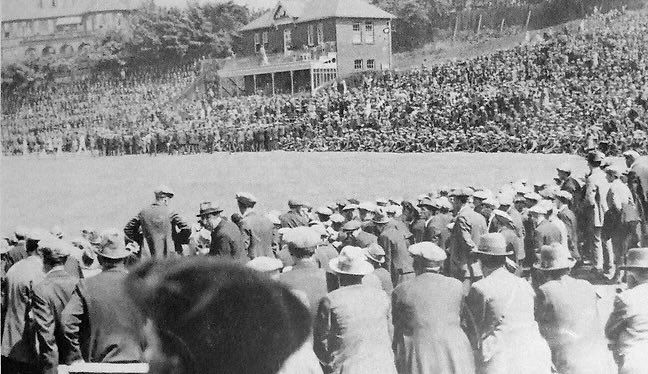
This place is enormously significant for both the sports you expect and don’t expect.
Most notably I've added Tweedmouth Bowling Club, which is nearing its centenary. A rifle range also added on the town walls.
www.northeastheritagelibrary.co.uk/sportsarchive
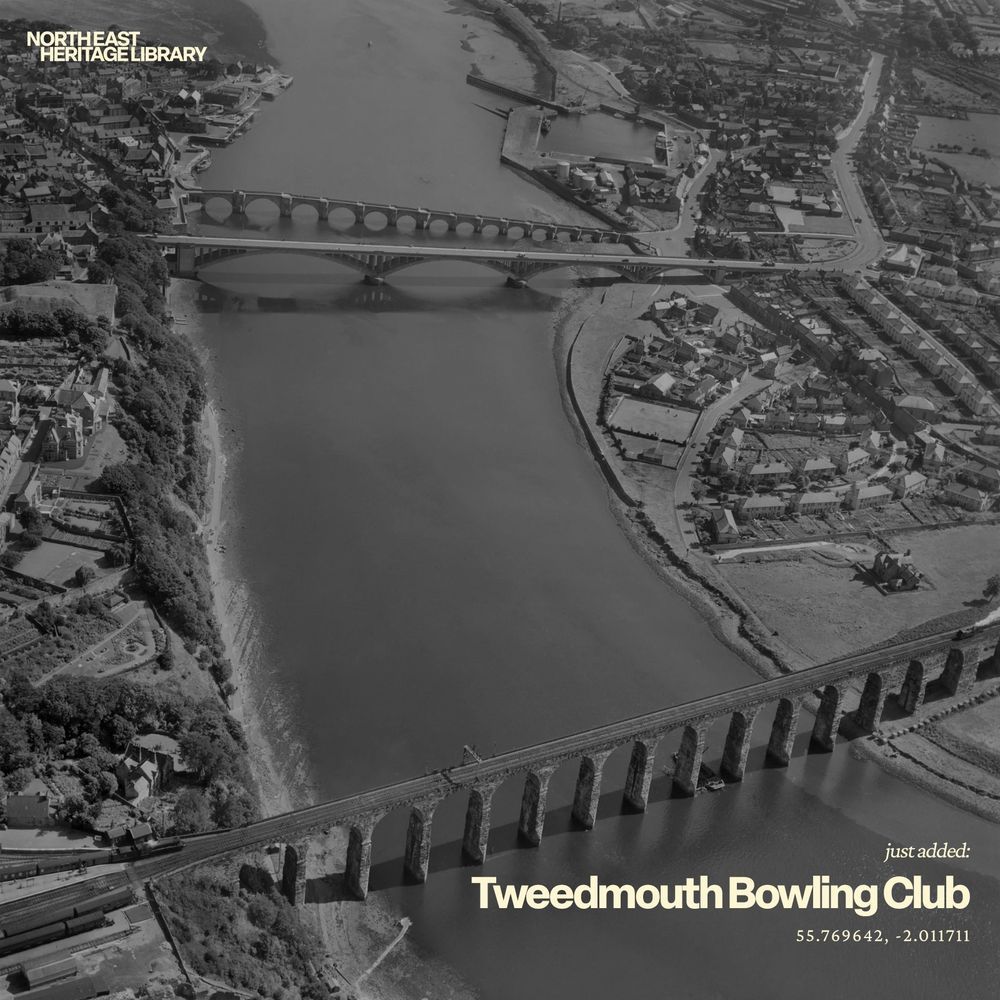
Most notably I've added Tweedmouth Bowling Club, which is nearing its centenary. A rifle range also added on the town walls.
www.northeastheritagelibrary.co.uk/sportsarchive
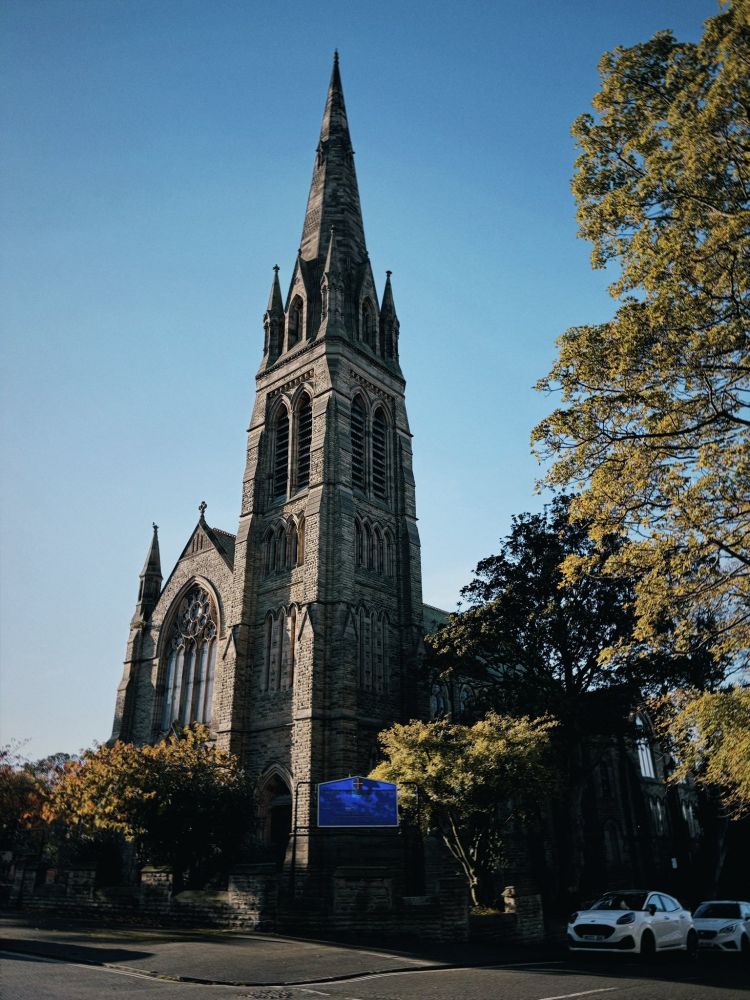
Heading the week with the addition of the Christ Church on Ryhope Road to the site. This limestone church was constructed in the 1860s as the centrepiece to the new affluent outer ring of the town, paid for by glassmakers and merchants.
www.northeastheritagelibrary.co.uk/grid

Heading the week with the addition of the Christ Church on Ryhope Road to the site. This limestone church was constructed in the 1860s as the centrepiece to the new affluent outer ring of the town, paid for by glassmakers and merchants.
www.northeastheritagelibrary.co.uk/grid
I’ll keep them up on the site for anyone who wants to grab one. There’s only a few left though, so first come first serve. After these, onto the next projects!
They're available to purchase on the site, but once they're gone they're gooooneeeee
www.northeastheritagelibrary.co.uk/category/all...
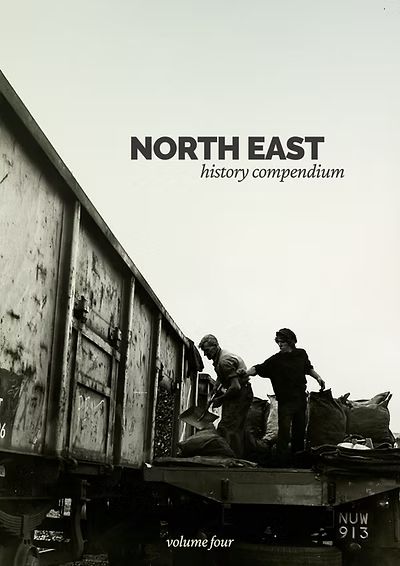
I’ll keep them up on the site for anyone who wants to grab one. There’s only a few left though, so first come first serve. After these, onto the next projects!


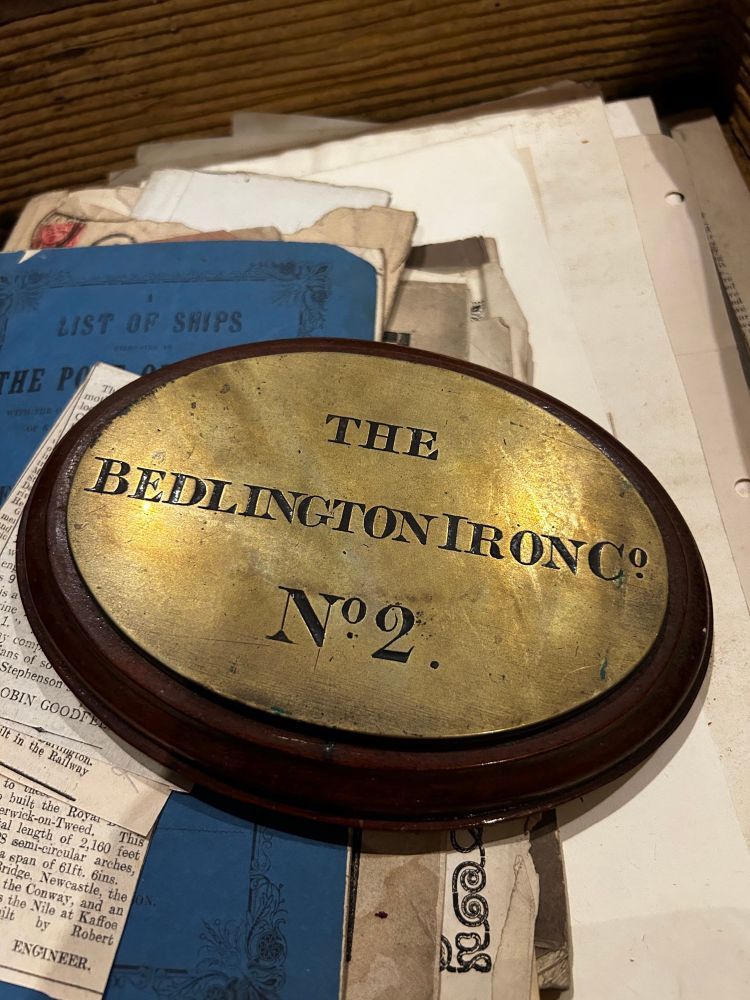



www.northeastheritagelibrary.co.uk/product-page...

www.northeastheritagelibrary.co.uk/product-page...
I've added the Victoria Hall to the site, and felt it be more apt to share the memorial over the road this morning than the building itself. How stone can evoke such an emotion is testament to the mason.
www.northeastheritagelibrary.co.uk/features/the...

I've added the Victoria Hall to the site, and felt it be more apt to share the memorial over the road this morning than the building itself. How stone can evoke such an emotion is testament to the mason.
www.northeastheritagelibrary.co.uk/features/the...

They're available to purchase on the site, but once they're gone they're gooooneeeee
www.northeastheritagelibrary.co.uk/category/all...

They're available to purchase on the site, but once they're gone they're gooooneeeee
www.northeastheritagelibrary.co.uk/category/all...
First and foremost I've added the possible site of the Mills Shipyard at Deptford, which operated through the 1830s building ships for general cargo companies.
www.northeastheritagelibrary.co.uk/shipbuilding...
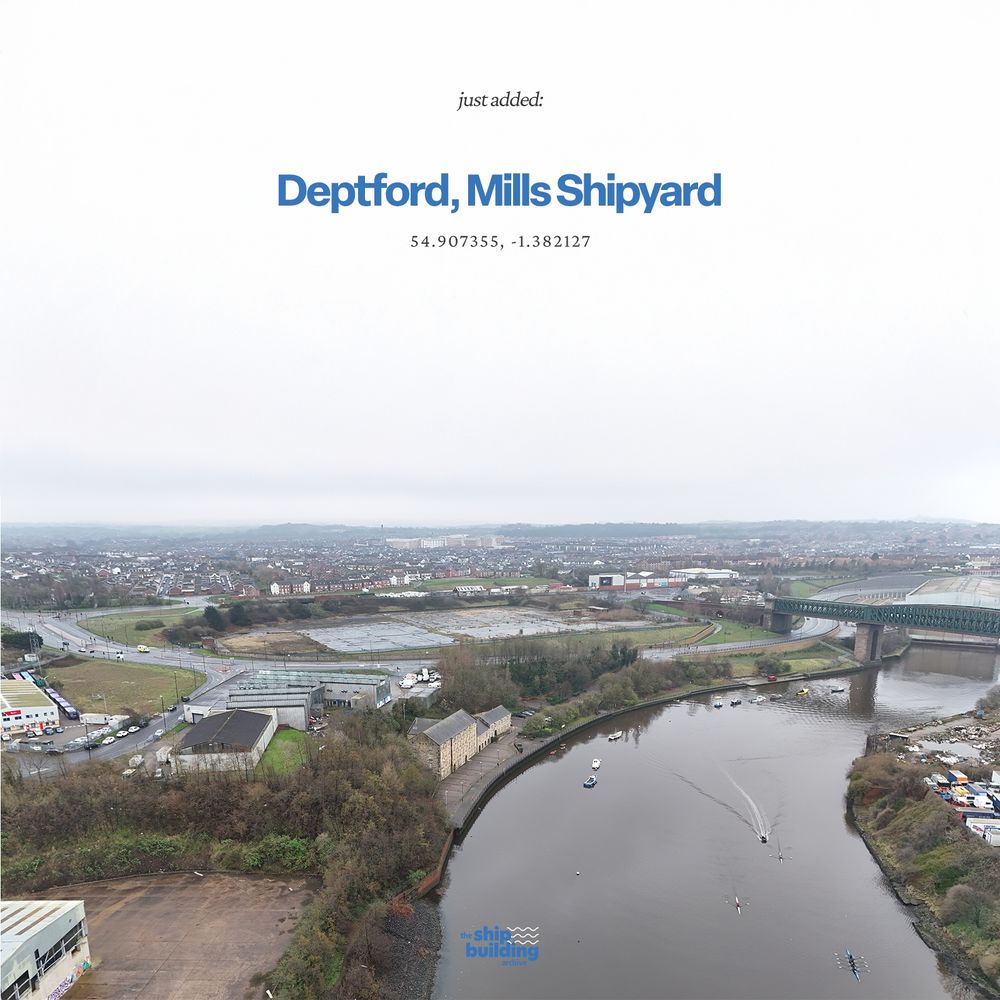
First and foremost I've added the possible site of the Mills Shipyard at Deptford, which operated through the 1830s building ships for general cargo companies.
www.northeastheritagelibrary.co.uk/shipbuilding...

Your words are absolutely invaluable 🙌
forms.gle/RC7g7x8ogpeK...

Your words are absolutely invaluable 🙌
forms.gle/RC7g7x8ogpeK...

